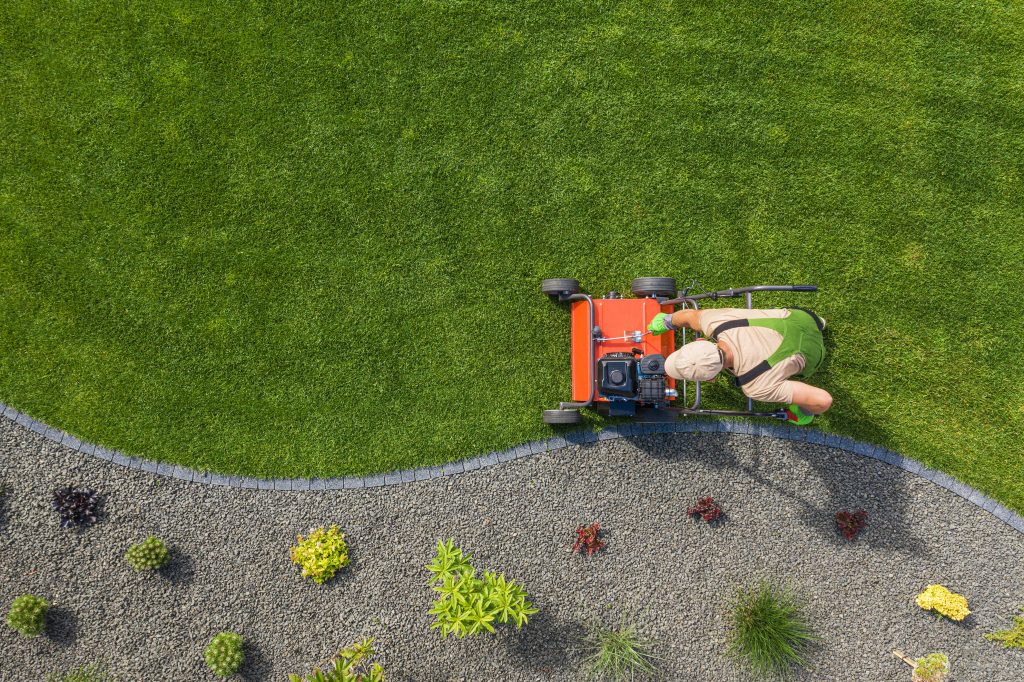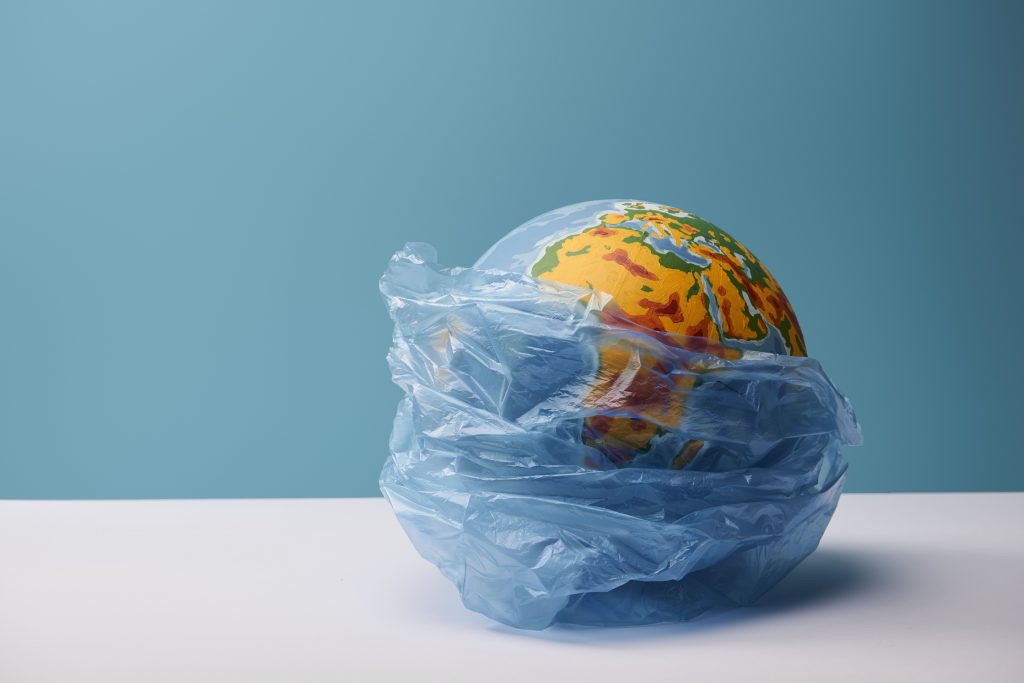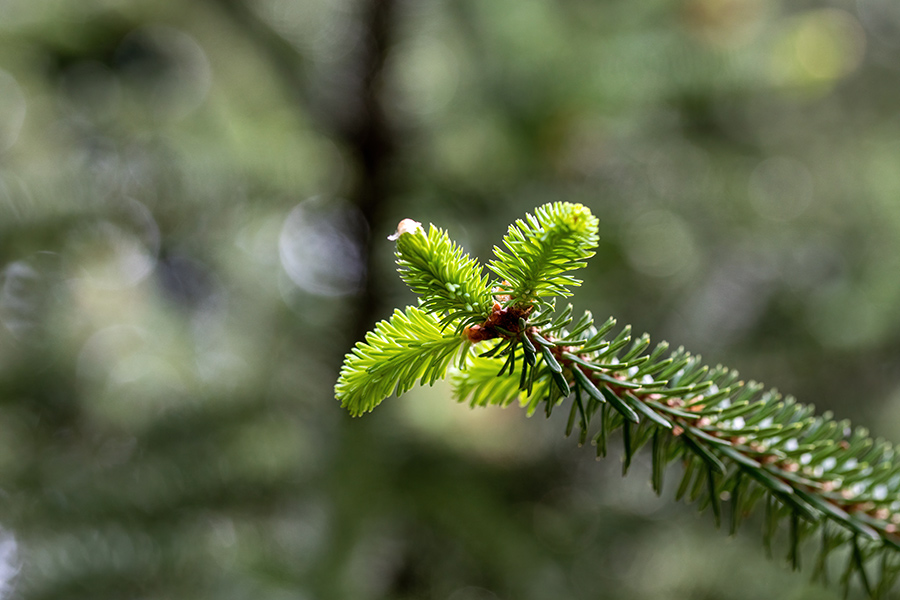Tag: environment
Phytocleaning our planet

Life on Earth has multiple forms. Humans make up only 0.01% of Earth’s total biomass, while plants total a whopping 82.4%. Yet the value of plants is often neglected. Humans have thrived on this planet because of the other life that Earth protects. Advances in human civilisation, such as industrialisation, have polluted the planet, thereby affecting all living organisms. Efforts […]
Water, water everywhere, not a drop to drink: Political stagnation and water fragility in South Africa’s Free State

After 30 years of post-Apartheid single-party rule, corruption and ineffective governance are widespread in South Africa. In the Free State Province, the situation with respect to water and sanitation provision is so dire that it amounts to a human rights crisis. Reinstating water rights and addressing Free State water fragility will require a paradigm shift in the political landscape, not […]
Nanosafety: Looking at the toxicology of nanomaterials

Nanomaterials are small particles that can be found everywhere, including in the air we breathe. Nanosafety is an emerging area of research dealing with the effect of nanomaterials on health and environment. Dr Ernesto Alfaro-Moreno of the International Iberian Nanotechnology Laboratory in Braga, Portugal, has been involved in continued research on the toxicology of nanomaterials. For his latest study, he […]
Read More… from Nanosafety: Looking at the toxicology of nanomaterials
Environmentally friendly ammonia-free preservation and stabilisation of natural rubber liquid latex

Natural latex is the raw material that supplies about half of the rubber production worldwide. Latex is a fragile liquid which quickly decomposes in air shortly after its extraction from trees. Traditional means to avoid decomposition involve the use of additives, including ammonia, that are harmful to the environment and the people handling the material. A team at AFLatex Technologies […]
Ecology in our cities: Why urban biodiversity matters

In the UK, conservation charity Plantlife runs an annual campaign to raise awareness of the detrimental effects of excessive lawnmowing. A perfectly manicured lawn may have once been something to be proud of, but keeping grasses cut down is deleterious to the environment. This year, the ‘No Mow May’ campaign reached even more people than in previous years, and helped […]
Read More… from Ecology in our cities: Why urban biodiversity matters
World Cleanup Day 2022: Help #cleanup our planet

Put on your rubber gloves and help #cleanup the planet on World Cleanup Day 2022. This 17th of September, millions of international volunteers will join forces to pick up trash and remove waste that pollutes the Earth. Let’s Do It World leads the collective effort to rid the world of pollution, mobilised into action by the horrific truth that only […]
Read More… from World Cleanup Day 2022: Help #cleanup our planet
Altitude range shift of the Spanish Fir under climate change

In response to a changing climate, organisms must adapt or migrate to more suitable habitats where the environmental conditions are more favourable. Dr Antonio González-Hernández and his colleagues Dr Diego Nieto-Lugilde, Dr Julio Peñas de Giles, and Professor Francisca Alba-Sánchez, at the universities of Granada and Córdoba, Spain, studied the difference in distribution between two life stages of the Spanish […]
Read More… from Altitude range shift of the Spanish Fir under climate change
Structured expert judgment using the Classical Method
When complex decisions must be made while data is unavailable, structured expert judgment can be used to combine uncertainty distributions resulting from experts’ assessments. Roger Cooke, the Chauncey Starr Senior Fellow at Resources for the Future, and Emeritus Professor at Delft University of Technology, created the well-known Classical Model to quantify uncertainty using expert opinion. Together with Dr Tina Nane, […]
Read More… from Structured expert judgment using the Classical Method
Asynchronous horizons durable-strategies dynamic games

Professor David Yeung from Shue Yan University, China, and Professor Leon Petrosyan from St Petersburg State University, Russia, are using game theory to understand responses to climate change. They have identified two critical features of real-life problems that involve strategic interactions – durable strategies and participants’ asynchronous horizons – and have developed a new class of dynamic games to solve […]
Read More… from Asynchronous horizons durable-strategies dynamic games
Museums and climate change: From passive bystander to agent of change

Museums have traditionally been institutions that maintain the stories of the past, implicitly supporting the Western ideological status quo. However, this role is rarely congruent with contemporary issues in our communities, such as climate change and social justice. With her critical paper, Dr Julie Decker, the CEO of the Anchorage Museum in Alaska, looks at how museums can become an […]
Read More… from Museums and climate change: From passive bystander to agent of change